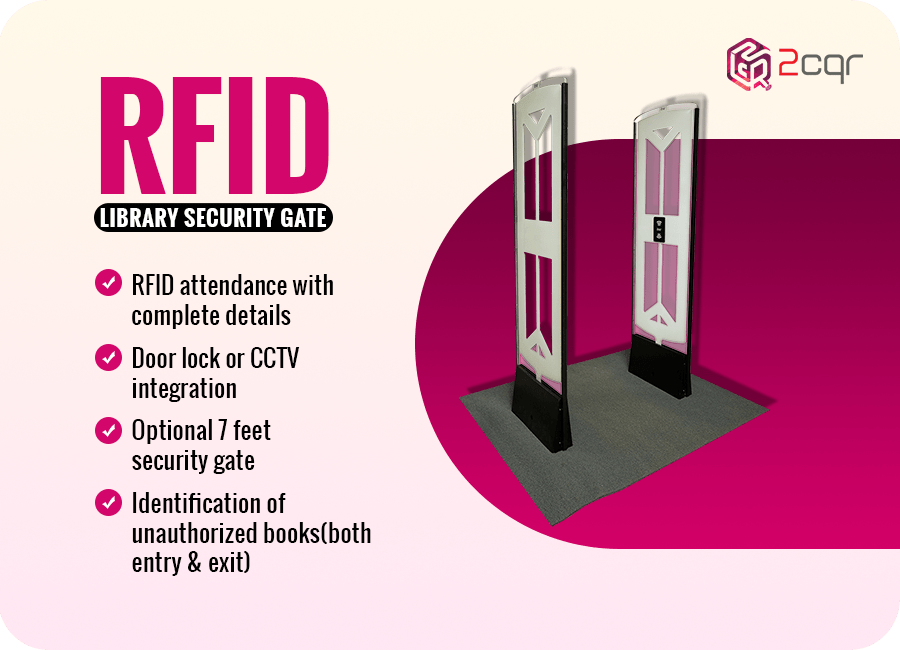Tracking and organizing library resources efficiently can be a challenging task, especially for large libraries. However, with the adoption of RFID (Radio Frequency Identification) technology, this challenge becomes a thing of the past.
RFID technology in library offers a step-by-step process to ensure seamless book tracking and improved patron experience. In this article, we will explore how libraries can leverage RFID technology to optimize their operations.
Choose high-quality RFID tags
To minimize reading errors and enhance tracking efficiency in library with RFID technology, it is crucial to select high-quality RFID tags. These tags should be capable of withstanding the harsh conditions of library environments and maintain accurate data transmission.
Attach RFID tags to books
Attach RFID tags to every book in the library while ensuring that the original location is not compromised. Program the RFID chips with book information such as title, author, location and unique identifiers.
Integrate RFID system with library management software
Integrate the RFID system with library management software to receive and process data from the RFID readers retrieved from the RFID tags. This integration enables seamless tracking and traceability of library resources.
Strategically place RFID readers
Position RFID readers strategically throughout the library to read the tags on books. This placement ensures comprehensive coverage and helps restrict unrecorded checkouts.
Utilize handheld readers
Handheld RFID readers equipped with radio signals are invaluable tools for activating and retrieving information from RFID tags. These readers facilitate on-the-spot data processing and enable quick book tracking.
Encrypt and process data
Handheld readers encrypt and process data retrieved from RFID tags. The integrated RFID system then transfers this data to the library management software, where it becomes easily accessible for library staff.
Track and categorize resources
With the information visible through the library management software, library staff can effortlessly track the location of resources and place books according to their respective categories. This streamlines resource organization and improves user search experience.
However, it’s important to note that the accuracy of tracking with RFID technology in libraries depends on various factors such as tag density, proper tag placement, orientation, and the potential effect of tag interference. Libraries should be mindful of these factors during implementation and regularly monitor and fine-tune the RFID system to ensure optimal performance.
In conclusion, RFID technology revolutionises library operations by offering efficient resource tracking and improving the overall patron experience. By following the step-by-step process outlined above, libraries can successfully implement RFID systems and overcome challenges associated with tag density, placement, orientation, and tag interference.
Embrace the power of RFID technology and transform your library into a well-organised, user-friendly haven of knowledge.



well said. Using the technology effectively will give the better results